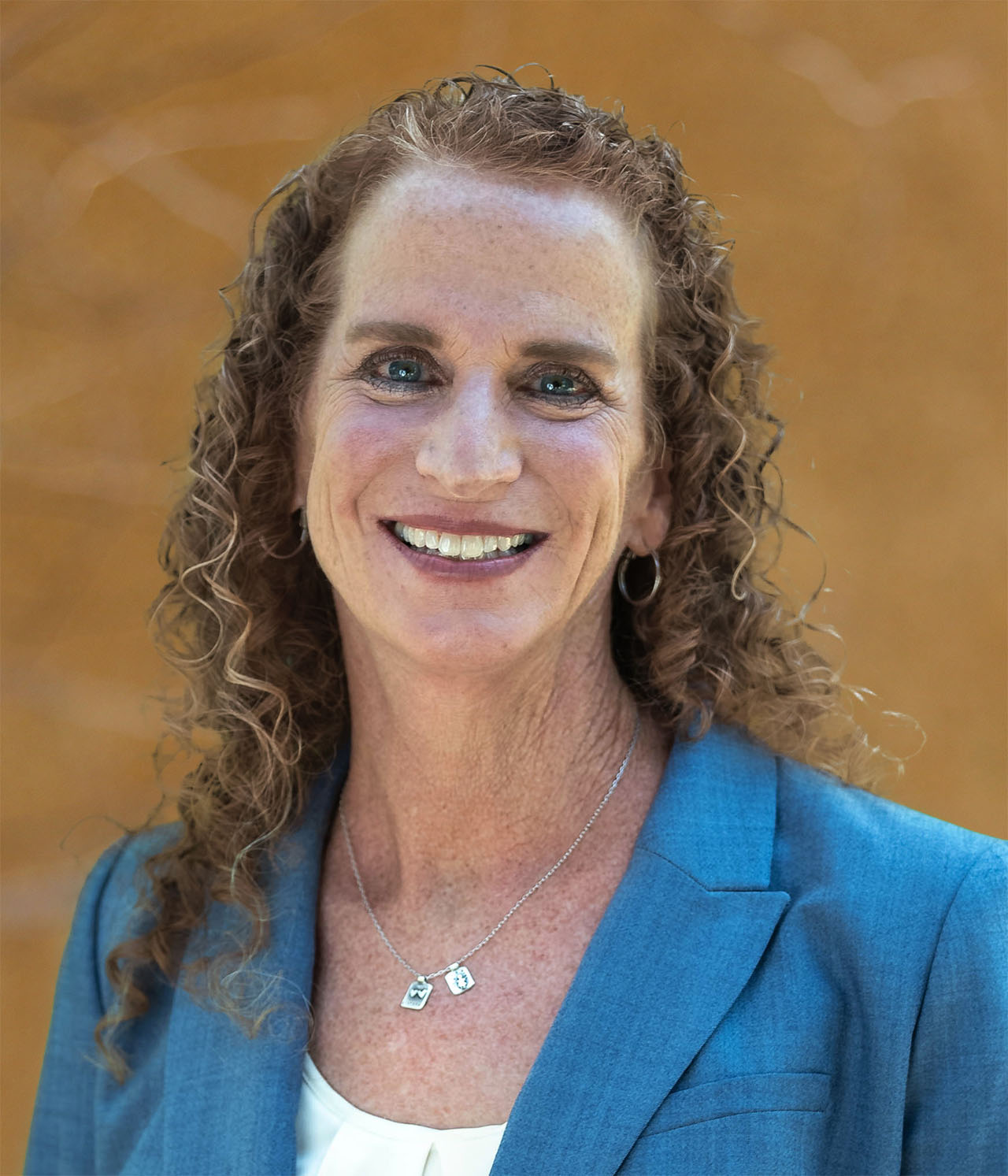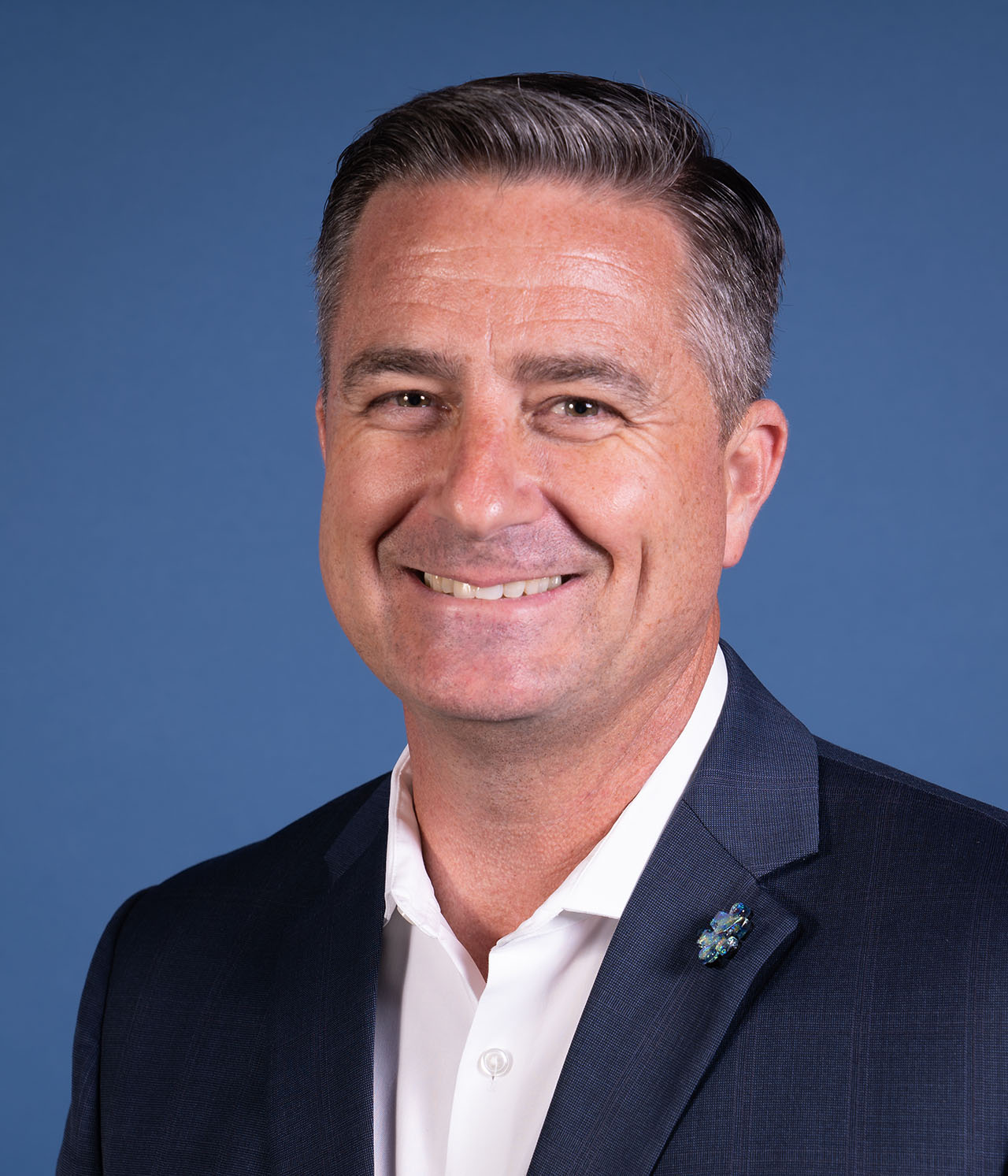About the Diablo Canyon Decommissioning Engagement Panel
PG&E created the Diablo Canyon Decommissioning Engagement Panel (DCDEP) in 2018 to foster open and frequent dialogue with the community on matters related to the DCPP deactivation. Panelists are community members from across the Central Coast who represent diverse viewpoints. Visit the DCDEP's independent website.
While PG&E pursues the steps to continue operating DCPP until 2030 as directed by the state, PG&E will continue to provide opportunities for community input regarding future decommissioning plans and potential future uses of the Diablo Canyon site. PG&E and the DCDEP are currently accepting applications to join the local, non-regulatory stakeholder group. There are positions subject for appointment or reappointment consistent with the Panel's Charter. The 30-day application period ends March 4. Members of the community who are interested in participating on the Panel are encouraged to apply here (PDF).



